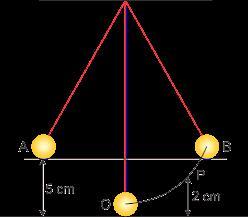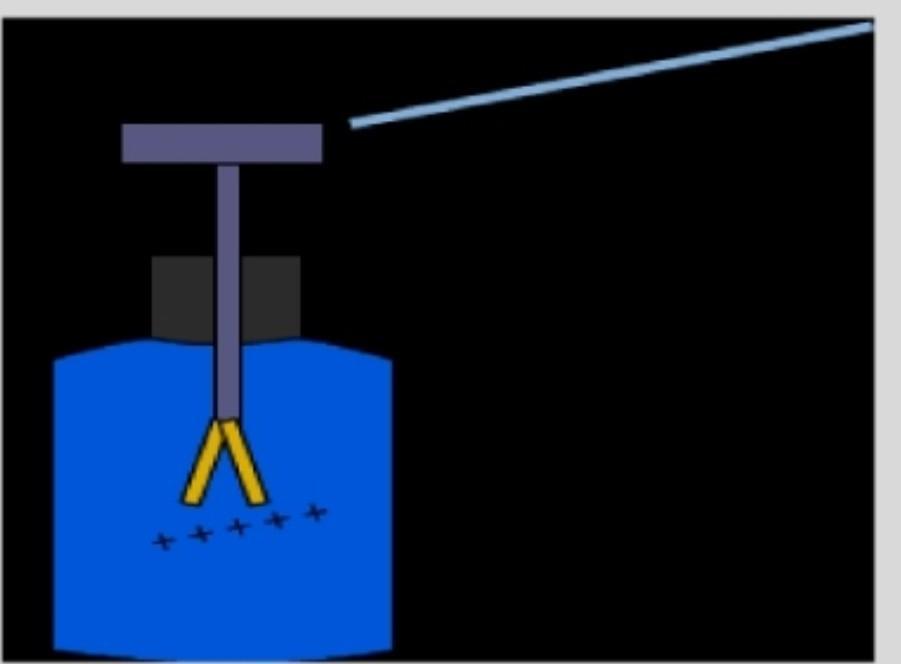Answers 2
Answer:
plz mark me as a brainliest answer plz
Explanation:
Allauddin Adhbhuta Deepam, released in 1957, is the earliest Telugu film to have a colour sequence. Lava Kusa (1963) was Telugu cinema's first full-length colour film.
-
Author:
cortészim7
-
Rate an answer:
15
Answer:
Often, one chemical reaction feeds the next and endergonic reactions are coupled to
Explanation:
what is this which app link
-
Author:
hadleybevv
-
Rate an answer:
0
If you know the answer add it here!
Choose a language and a region
How much to ban the user?
1 hour
1 day
100 years


